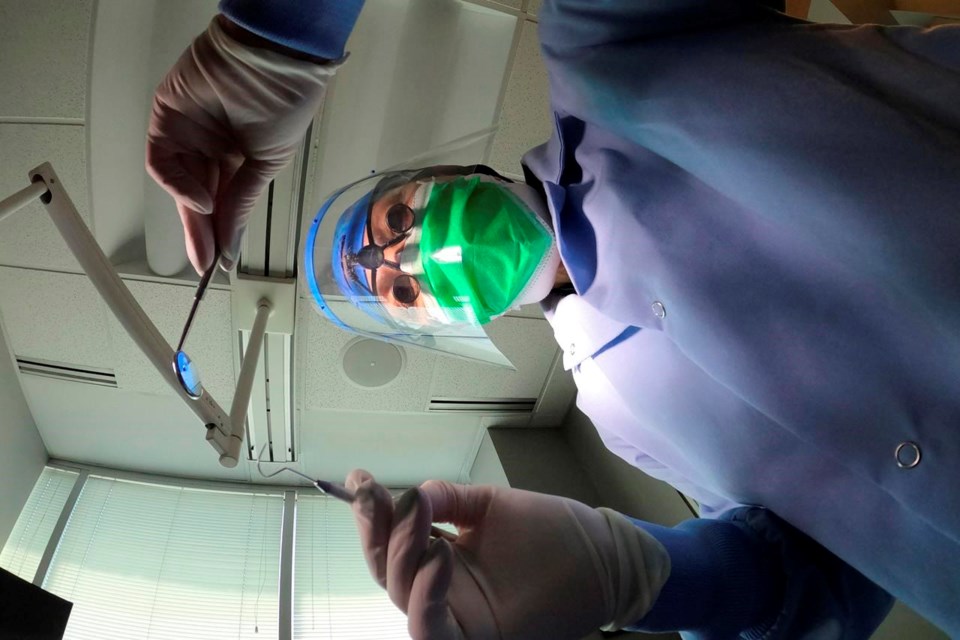OTTAWA — The Parliamentary Budget Officer estimates the promised federal dental insurance plan will cost $2.9 billion less than the government budgeted, assuming provincial governments don't drop their coverage.
The Liberals promised a stand-alone dental insurance plan for low- and middle-income Canadians who don't have private insurance as part of its supply and confidence deal with the NDP last year.
The program is expected to launch before the end of the year, starting with qualifying people under the age of 18, people with disabilities and seniors.
The Liberals initially set aside $5.3 billion over five years to launch the program, but increased that amount to $13 billion in the last federal budget based on internal estimates about the true cost of the program.
The Parliamentary Budget Officer's latest costing note suggests the cost will be closer to $10.1 billion, in part due to existing dental coverage and co-payments from beneficiaries.
However, the note warns that if provinces drop their coverage and refer people to the federal plan instead the estimate would increase and the cost would be $2 billion more than the government has budgeted.
"Collaboration with provinces and territories is absolutely essential, although only five per cent of current dental expenditures are covered by (provincial and territorial) plans," Health Minister Jean-Yves Duclos said at a press conference in Bedford, N.S., on Wednesday.
Dental care coverage in Canada remains a patchwork of private, provincial and federal plans that vary widely across the country. Provinces typically have dental programs for low-income families, and several cover basic dental care for children, but the level of coverage and baskets of services are not consistent.
The federal government and the NDP seek to fill the serious gaps without disrupting existing coverage. The ultimately plan is to offer dental coverage to people with a household income under $90,000 per year who don't have private insurance.
People will be able to combine provincial and federal coverage, but the details have yet to be announced.
"The federal plan is going to make it more homogeneous and a lot stronger for families with lower and middle income in the country," Duclos said.
Some policy experts and political opposition members have warned a federal program could prompt provinces to do away with or scale back their dental care insurance offerings and encourage people to rely on federal coverage instead.
Duclos said the majority of middle-income families would not qualify for provincial programs anyway, and those that are covered are typically offered a fairly restricted basket of services.
"Prevention, unfortunately, is lacking in many contexts. Families are not bringing their children to the dentist, to hygienists, and that leads to problems that are more costly and more difficult to treat thereafter," he said.
The Parliamentary Budget Officer based some its projections on the other dental care plan administered by the federal government, the Non-Insured Health Benefits Program, which is available to Inuit and First Nations people.
Administration costs were estimated based on average provincial costs for similar programs, but the PBO says federal costs could be higher depending on the exact design of the program.
The government created a temporary cash benefit for uninsured children under the $90,0000 household income limit last year while it works on the permanent insurance plan. More than 300,000 children have since received a payment.
Duclos said the numbers are evidence that the federal coverage is needed.
This report by The Canadian Press was first publishedJune 28, 2023.
Laura Osman, The Canadian Press



